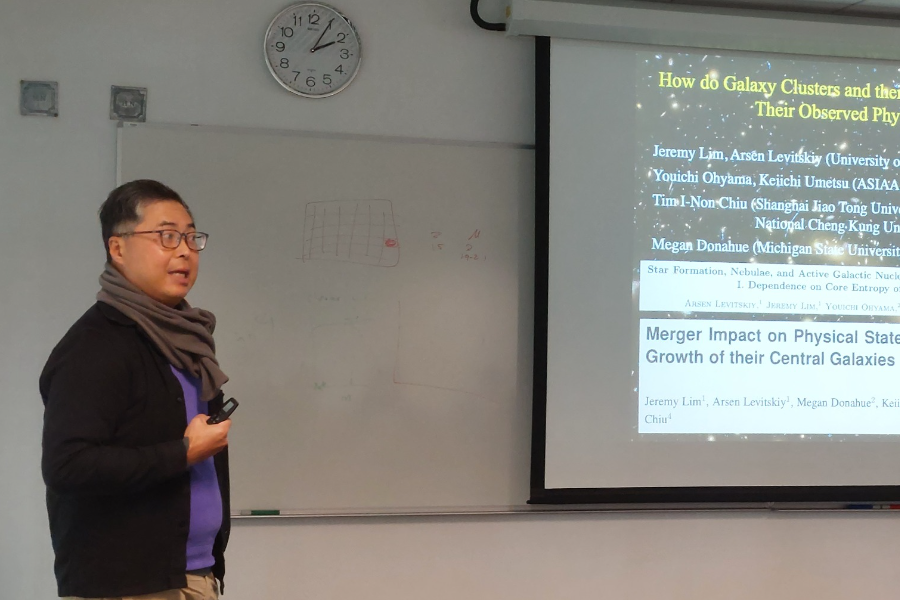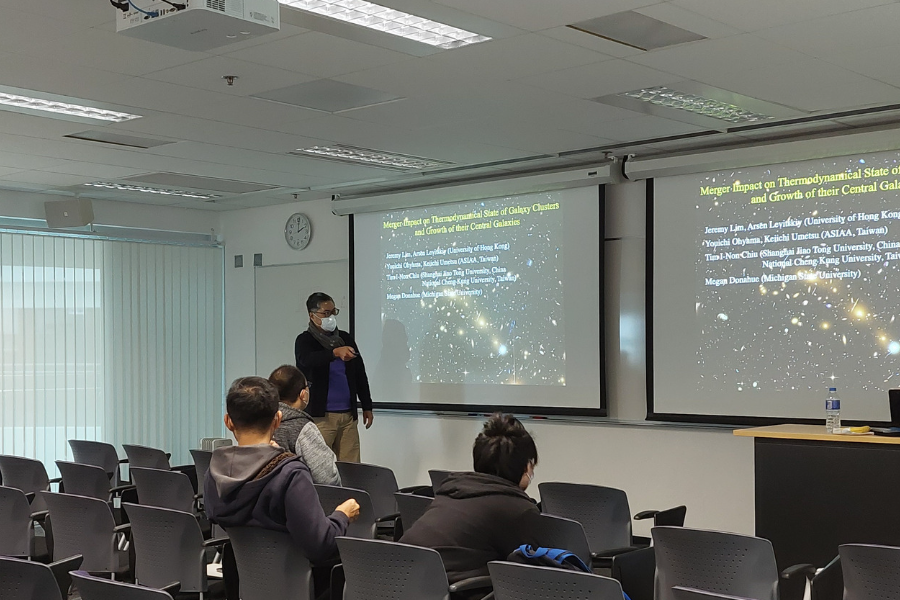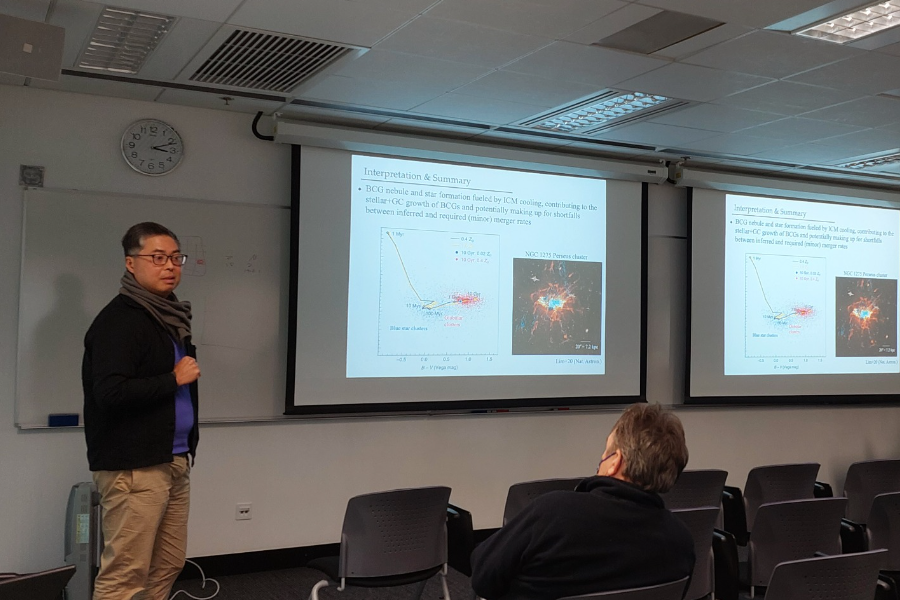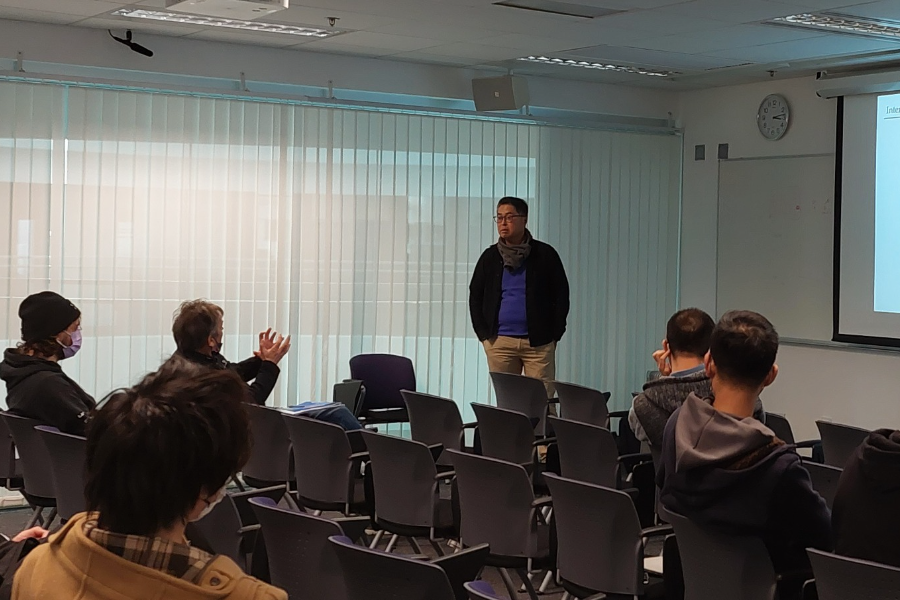Merger Impact on Thermodynamical State of Galaxy Clusters and Growth of their Central Galaxies
Abstract
Galaxy clusters contain up to a thousand or more galaxies, much larger masses of hot X-ray-emitting gas comprising the intracluster medium (ICM), and predominantly invisible dark matter. They host, at their centres, the largest and most massive galaxies in the universe. Although cosmological models predict that clusters grow by steadily accreting from their surroundings and sporadically merging with other clusters, processes that most visibly alter the physical attributes of their ICM, the manner by which clusters arrived at their observed physical states is not fully understood. Their central galaxies are postulated to grow by cannibalising cluster member galaxies that lack cool gas for star formation, events that are most effective at promoting their size growth, yet some central cluster galaxies exhibit vigorous and widespread star formation. Here, we show that star formation in central cluster galaxies is strictly dependent on the physical state of their host clusters, restricted to but ubiquitous among all those judged from their global ICM morphology as closest to being dynamically relaxed. The latter have denser and cooler ICM cores featuring comparatively higher pressures (less non-thermal pressure support) and lower entropies (shorter cooling times) than their less relaxed counterparts, whereas visibly disturbed clusters have the least dense and no cool cores. These results implicate cooling of the ICM at clusters cores for fuelling star formation in central cluster galaxies, halted only by violent mergers -- the only mechanism able to disturb clusters on a global scale -- that alter the ICM thermodynamics and therefore primarily drive the observed physical states of clusters. As the massive clusters studied here have likely experienced multiple mergers, the results also imply that dense-cool cores can be re-established following a merger as the ICM again approaches hydrostatic equilibrium, whereby cooling resumes to provide a much underrated pathway for the growth in stellar dimensions of central cluster galaxies.
About the Speaker
Dr. Lim's research has spanned a broad range of topics, including (i) stellar coronal magnetic activity, (ii) the formation and late evolution of stars in our Galaxy, (iii) star formation and AGNs in nearby galaxies, (iv) X-ray cooling flows in galaxy clusters, and (v) astrophysical applications of gravitational lensing, including weighing supermassive black holes, studying young galaxies, as well as the nature of dark matter. The present focus of his work is on topics (iii)-(v). As an observational astronomer, Dr. Lim uses primarily radio telescopes (e.g., VLA, SMA, ALMA) and optical-infrared telescopes (e.g., CFHT, HST). Dr. Lim has mentored many graduate students, a number of whom have gone on to PhD programs in the USA and Europe, or have since become postdoctoral fellows. He collaborates with many astronomers worldwide, bringing international exposure to his students. Over the past 5 years, in collaboration with Prof. Thomas Broadhurst at Ikerbasque, Spain, Dr. Lim has built a strong group of undergraduate and graduate students working on gravitational lensing at HKU. Dr. Lim actively recruits talented undergraduate students for casual research in preparation for their capstone and graduate studies.
About the Program
For more information, please refer to the program website at http://iasprogram.ust.hk/particle_theory.






